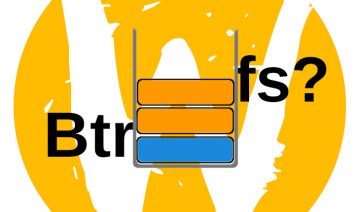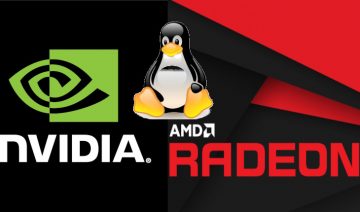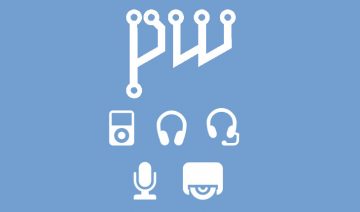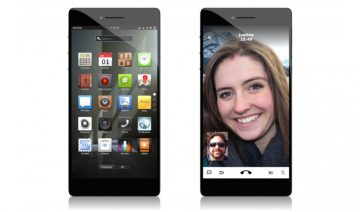Just until not long ago, all Linux distributions were running solely on top of the X Window System, a basic framework for GUI environments such as GNOME or KDE desktops, but when Wayland was announced as the new simpler intended-replacement for X, the whole Linux ecosystem felt the vibration.
The new abilities which Wayland brings with it, had eventually set the wheels in motion for a new D.E. which became a totally new kind of Linux OS, ladies and gentleman I’m talking about no other than the Hawaii desktop environment, hosted by the new Linux distro called Maui.
Maui incorporates into itself a conglomeration of new technologies which had been already mentioned above, such as: Wayland, QtQuick, Hawaii D.E. and also Systemd which serves as the default init management system. With all those new techs at hand the expectations for its performance are pretty high and it will be highly interesting to see where would Maui position itself in terms of popularity once a stable release will be ready.
Yes, unfortunately for all of you early adopters out there, Maui is still being under development and as of currently it is not yet suitable for running under a production machine, however if you have some free time, and like to fiddle with it, you are more than welcome to do so, especially if you can contribute back to project.
You can grab the latest release at maui-project.org website, Arch users has the advantage of having the Hawaii desktop and its dependencies available through the Arch Linux binary packages repository though you’ll need to enable the “extra” and “community” repositories for that.
Finally, here’s a video demonstration of the Hawaii desktop environment made a few months ago, enjoy :-)










